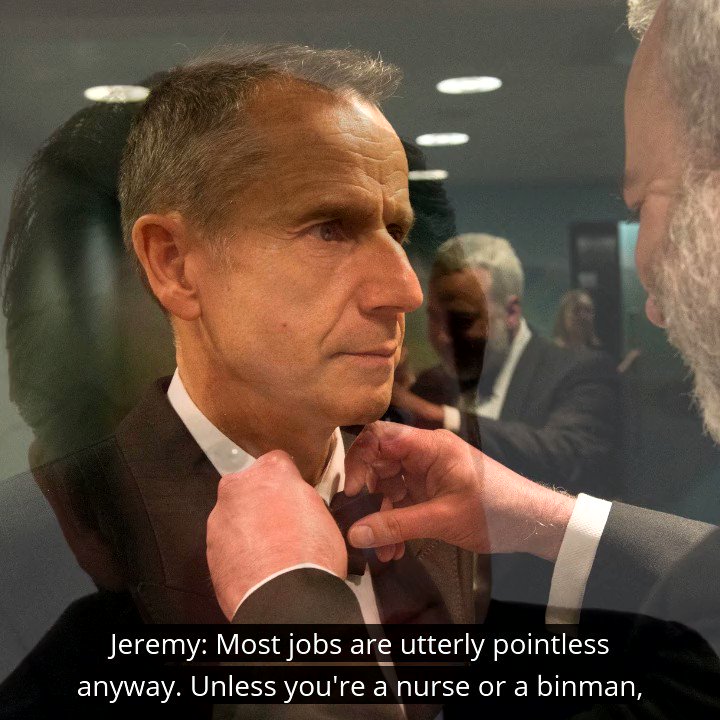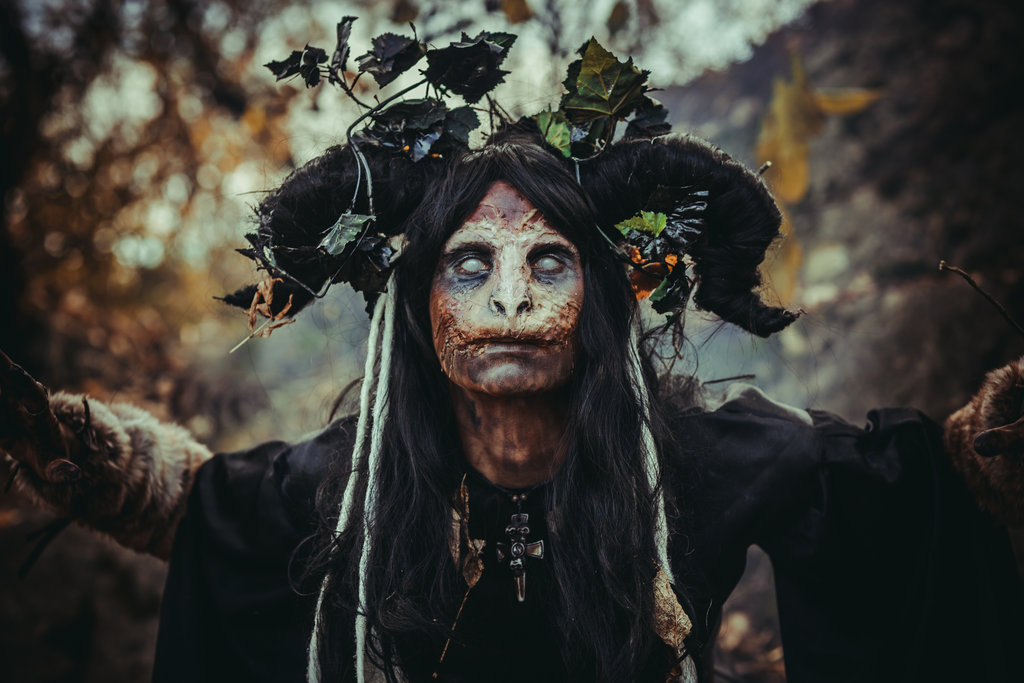To help with general mental health and well-being, I am still doing cross-stitches; here are another five of my latest cross-stitch creations. The first three patterns and explanations are taken from Really Cross Stitch; for when You Just Want to Stab Something a Lot by Rayna Fahey.
Poverty, war, climate change, corruption, slavery, refugees, indigenous rights, education, housing, health care, child care, food prices, domestic violence, prison reform, gun control, equal pay, trade agreements, tax reform, chemical warfare, land mines, pollution, drilling, fracking, mass control of the population through the media; I could go on FOREVER.
It'd be a lot quicker and more concise just to stitch this pattern. But don't temper your rage. As Gloria Steinem once said, "The truth will set you free, but first it will piss you off."
"We will be the thorn in your side. The glass in your bread. The pain in your ass." - Anti Racist Action
The needle in your eye...
Last time I checked, there were a grand total of zero feminists advocating for the rounding up of men and stuffing them into gas chambers. There are, however, thousands of white supremacists organising around the world for the elimination of interesting people. Standing up against fascism is really important (see: the twentieth century). They're not normally a smart bunch so it's not actually that hard.
Lobbyists spend literally billions of dollars a year to keep the world's politicians on the side of greed. Every time we optimistically sign a petition, there's ten of these bastards lined up to open up nee loopholes.
But these times are indeed a'changing. We are taking back our democracy and turning the tables on lobbyocracy.
"It took this horrific moment of darkness to wake us the fuck up. It seems as though we had all slipped into a false sense of comfort, that justice would prevaila dnt at good would win in the end. Well, good did not win this election. But good will win in the end." - Madonna, Washington Women's March
I made this for a friend for her birthday. We watched The Handmaid's Tale and avidly discussed each episode after it had aired. This particular design was inspired by one of those church signs outside the Gosford Anglican Church equating repressive legislation with the fictional regime of Gilead in Margaret Atwood's tale of dystopian society. And also, by the fact, that according to the TV series it spawned, 'Muffins mean yes".
Liverpool FC: six-time champions of Europe. YNWA. Enough said.

























